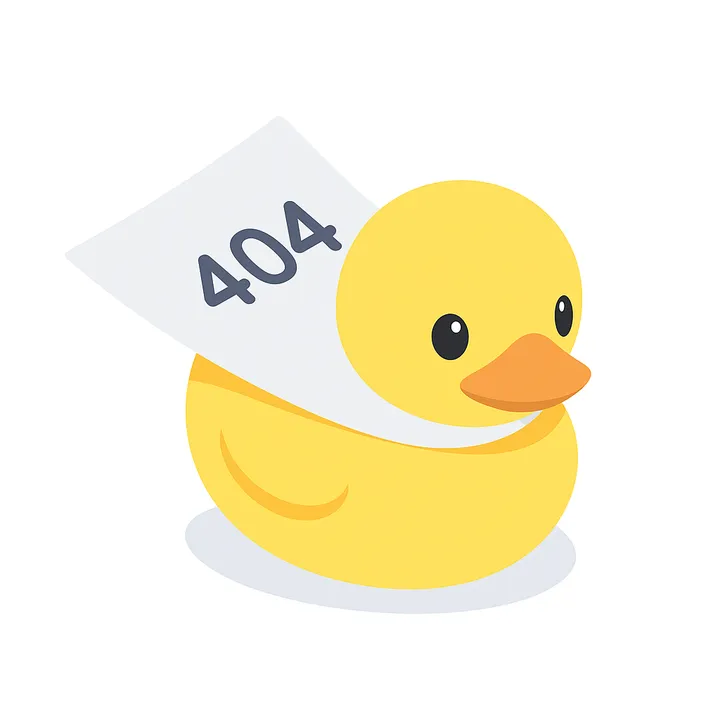
Why Build Your Own Programming Language?
At first glance, it sounds pointless. We already have dozens of languages, each with thriving communities and powerful tooling. Why would anyone bother making yet another?
Because building a language isn’t about replacing Python or competing with Rust. It’s about curiosity, control, and creativity.
A Different Kind of Learning
When you build a language, you can’t hide from what’s happening under the hood. You design syntax, parse it into trees, and translate those trees into something a computer can actually run. Suddenly, concepts like compilers, interpreters, and virtual machines stop being abstract and start making sense. You’re not just writing code, you’re understanding what code is.
Your Rules, Your Domain
Every mainstream language is a compromise. It tries to be flexible enough for millions of developers. But what if you’re solving a problem with very specific needs—automating a factory, scripting a game, or building a shader DSL? With your own language, you make the rules. You control the syntax. You define what’s possible. You’re molding the tool to fit the problem—not twisting the problem to fit the tool.
A Playground for Ideas
Many serious innovations started in small, experimental languages. Type inference, JIT compilation, memory safety.. These didn’t come from corporate boardrooms. They came from curious developers tinkering in their spare time. A side-project language is a place to try bold ideas without bureaucracy or gatekeeping.
Sharpening Your Skills
Even if no one else ever uses your language, you come out a better developer. Building one forces you to think deeply about design, architecture, and trade-offs. You’ll debug edge cases, chase down performance issues, and gain insight into how the languages you already use actually work. The experience will bleed back into your daily coding in ways you didn’t expect.
So… why build your own programming language?
Because it’s one of the best ways to grow as a programmer, explore new ideas, and craft tools that actually fit the way you think.
This series will walk you through that process—step by step. By the end, you won’t just use programming languages. You’ll know how to create one.
In the next part, we’ll start by learning initial LEGO bricks of our language: Tokens and our Lexer.